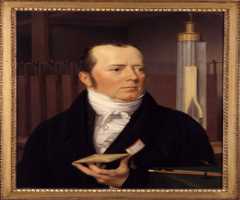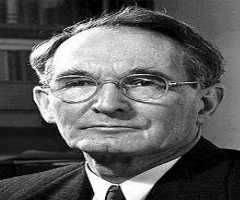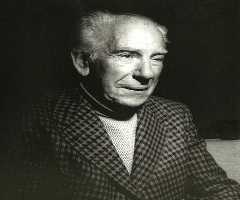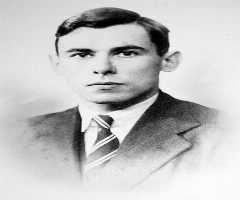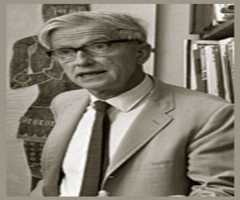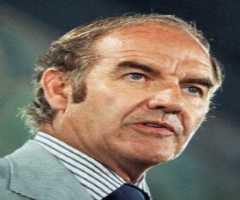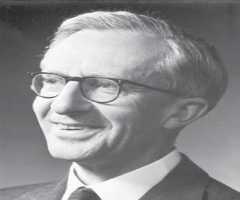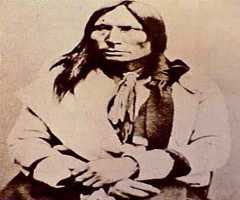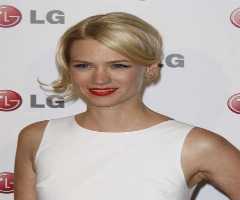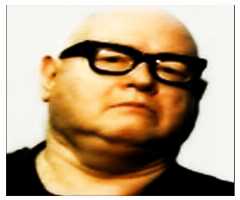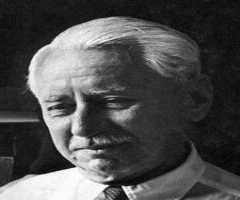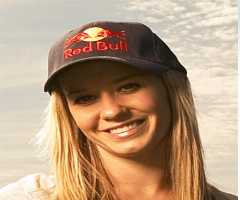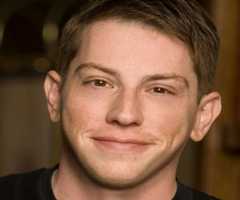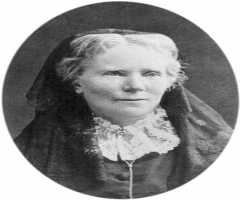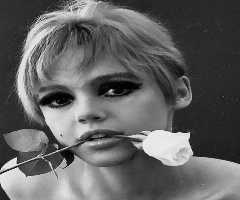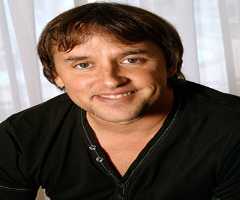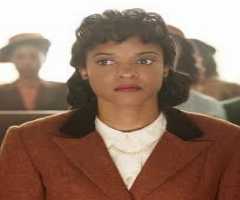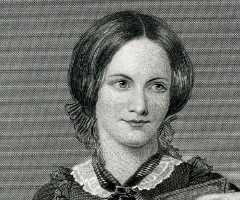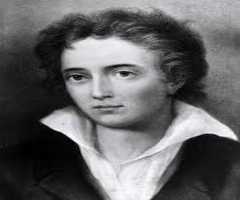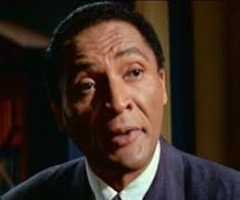Ernest Lawrence Biography, Life, Interesting Facts
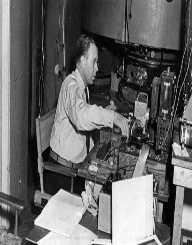
Birthday :
Died On :
Also Known For :
Birth Place :
Canton, South Dakota, United States of America
Zodiac Sign :
Ernest Lawrence was an American Nuclear Scientist who was awarded the Nobel Prize in Physics in 1939 for the invention of Cyclotron. He was called the “Atom Smasher” - the man who held the key to atomic energy.
Ernest Lawrence was a forceful campaigner of ‘Big Science’ and requirement of big machines. Chemical element number 103 was named Lawrencium in his honor in 1961.
Childhood & Early Life
Ernest Orlando Lawrence was born in Canton, South Dakota on 8 Aug 1901. His parents Carl Gustavus & Gunda Lawrence were teachers and of Norwegian descent.
Education
Ernest Lawrence studied at Canton High School and enrolled at St Olaf College in Minnesota. After a year he moved to the University of South Dakota where he completed his bachelor’s degree in Chemistry in 1922. Ernest Lawrence did his Masters in Physics from the University of Minnesota in 1923 under the guidance of William F Swann who was noted for his work on high energy physics. He followed Swann to the University of Chicago and then Yale University.
He received his Ph.D. degree from Yale in 1926. On the recommendation of Swann, he received Fellowship from National Research Council and continued working in Yale. In 1928 Ernest Lawrence joined the University of California as Assistant Professor of Physics and later became a full professor in 1930. He became the youngest Professor of the University.
The invention Of Cyclotron
In 1929 Ernest Lawrence came across a design in an article by Rolf Wideroe. He was intrigued by it. The design was a device that produced high energy particles by successive small pushes. Physicists like Rutherford had succeeded in knocking protons. But further disintegration required very high energy. Lawrence was impressed by Rolf’s design and set up a circular accelerating chamber between poles of an electromagnet. The magnetic field would hold the charged protons in a spiral path. After a hundred turns, they would impact the target as high energy particles. He had thus discovered a method of getting particles of high energy without using high voltage. The first cyclotron was only 4” in diameter and cost about $25 only. Lawrence continued building larger and more powerful cyclotrons. By 1932 his team was able to disintegrate Lithium at Berkley Laboratory using cyclotron. They could also accurately measure binding energy. He received the patent for his cyclotron in 1934, but he assigned the royalty to the Research Foundation for Science Advancement.
In 1936 Harvard University made him an attractive offer. However, University of California wanted to retain him and established The Radiation Laboratory with modern amenities. They made Lawrence its Director. Ernest Lawrence was provided with a yearly grant of $20000. He had to cut costs and so worked with students and junior faculty members who were willing to work for free. In 1939 he built a 60” cyclotron. He succeeded in producing the first radioactive isotope by bombarding iron particles. Lawrence was awarded the Nobel Prize in Physics the same year. Ernest Lawrence also encouraged research in medical therapy. His brother John H Lawrence was a physician and did pioneering work in nuclear medicine.
World War II
During the world war, Lawrence was involved in military projects and helped establish the Radiation Laboratory at Massachusetts Institute of Technology.
Ernest Lawrence was also enrolled in the Manhattan Project which was aimed at developing the atom bomb. Lawrence worked on perfecting Calutron which was used to separate Uranium 235 from Uranium. Uranium 235 was used to make the Hiroshima bomb.
Post War
After the war, Ernest Lawrence campaigned for government sponsorship for large scale projects for ‘Big Science.’ He started using deuteron to disintegrate Nitrogen 17 working on 186’ cyclotron
Ernest Lawrence also played a role in the US project to develop the hydrogen bomb. A nuclear weapon laboratory was set up near Los Alamos and the second one at Livermore in 1952.
Awards & Honors
Ernest Lawrence received many awards including the Nobel Prize. He received the Elliott Cresson Medal, Hughes Medal, Duddell Medal, Comstock Prize, William Proctor Prize, Faraday Medal and Enrico Fermi award.
Personal Life
Ernest Lawrence married Mary Kimberly (Molly) Blummer in 1932. They had six children.
Death
Ernest Lawrence died on Aug 1958 in Palo Alto. The two nuclear sites he developed were renamed Lawrence Livermore National Laboratory and Lawrence Berkley Laboratory after his death.
Legacy
The chemical element number 103 which was discovered at Berkley Laboratory was named lawrencium.
More Physicists
-
![Hans Christian Ørsted]()
Hans Christian Ørsted
-
![Norman Foster Ramsey, Jr.]()
Norman Foster Ramsey, Jr.
-
![Louis Eugène Félix Néel]()
Louis Eugène Félix Néel
-
![Sadi Carnot]()
Sadi Carnot
-
![Nevill Francis Mott]()
Nevill Francis Mott
-
![Max Delbrück]()
Max Delbrück
